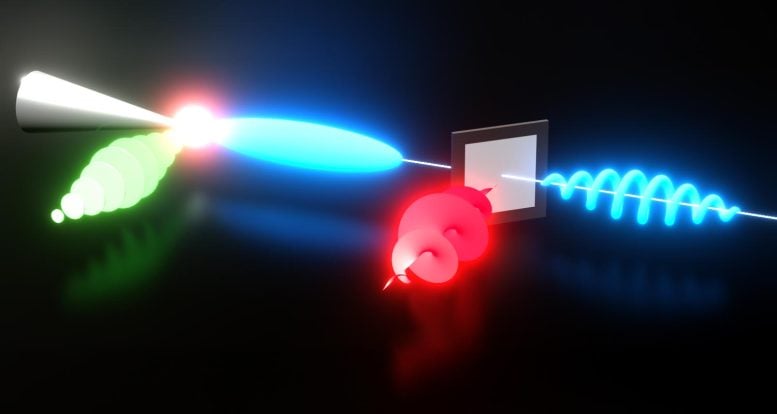
Schematic representation of the experimental setup used to shape electrons into chiral coils of mass and charge. Credit: Dr. Yiqi Fang, University of Konstanz, edited
Physicists at the University of Konstanz have discovered a way to imprint a previously unseen geometrical form of chirality onto electrons using laser light, creating chiral coils of mass and charge.
This breakthrough in manipulating electron chirality has vast implications for quantum optics, particle physics, and electron microscopy, paving the way for new scientific explorations and technological innovations.
Understanding Chirality and Its Implications
Have you ever placed the palm of your right hand on the back of your left hand, in such a way that all fingers point in the same direction? If you have, then you probably know that your right thumb will not touch its left counterpart. Neither rotations nor translations nor their combinations can turn a left hand into a right hand and vice versa. This feature is called chirality.
Scientists at the University of Konstanz have now succeeded in imprinting such a three-dimensional chirality onto the wave function of a single electron. They used laser light to shape the electron’s matter wave into left-handed or right-handed coils of mass and charge. Such engineered elementary particles with chiral geometries other than their intrinsic spin have implications for fundamental physics but may also be useful for a range of applications, such as quantum optics, particle physics, or electron microscopy.
“We are opening up new potentials for scientific research that have not been considered before,” says Peter Baum, corresponding author of the study and head of the Light and Matter research group at the University of Konstanz.
Chirality of Single Particles and Composites
Chiral objects play a crucial role in nature and technology. In the realm of elementary particles, one of the most important chiral phenomena is spin, which is often compared to a self-rotation of a particle, but is in fact a purely quantum-mechanical property with no classical analog. An electron, for example, has a spin of one-half and therefore often exists in two potential states: a right-handed and a left-handed one. This fundamental aspect of quantum mechanics gives rise to many important real-world phenomena like almost all magnetic phenomena or the periodic table of the elements. Electron spin is also critical to the development of advanced technologies such as quantum computers or superconductors.
However, there are also composite chiral objects in which none of the constituents is chiral by itself. Our hand, for example, is composed of atoms with no particular chirality, but it is nevertheless a chiral object, as we have learned earlier. The same is true for many molecules in which chirality appears without the need for any chiral constituent. Whether a molecule is in the left-handed or in the right-handed geometry can make the difference between a healing drug and a harmful substance – both versions can have very different biological effects due to their different three-dimensional geometry.
In materials science and nanophotonics, chirality influences the behavior of magnetic materials and metamaterials, leading to phenomena such as topological insulators or chiral dichroism. The ability to control and manipulate the chirality of composite materials composed of achiral constituents thus offers a rich knob to tune the properties of materials as required for applications.
Advancements in Electron Manipulation Techniques
Is it possible to shape a single electron into a chiral three-dimensional object in terms of charge and mass? In other words: Can chirality be induced into an electron without the need for spin? So far, researchers have only moved electrons along spiral trajectories or created electron vortex beams in which the phase of the de Broglie wave rotates around the center of the beam at constant charge and mass. In contrast, the chiral matter wave object that the Konstanz physicists report in their Science paper has a flat de Broglie wave but the expectation values of charge and mass are shaped into a chiral form.
To create this object, they used an ultrafast transmission electron microscope and combined it with laser technology. The researchers first generated femtosecond electron pulses and then shaped them into chiral patterns by interacting with precisely modulated laser waves with spiral electric fields. Normally, electrons and laser photons do not interact in such an experiment, because energy and momentum cannot be conserved. However, silicon nitride membranes, which are transparent to the electrons but change the phase of the laser light, facilitated the interaction in the experiment.
The spiral electric fields in the laser wave either accelerated or decelerated the incoming electron around the center of the beam, depending on azimuthal position. Later in the beam, the accelerated or decelerated electrons eventually caught up with each other, and the wave function was transformed into a chiral coil of mass and charge. “We then used attosecond electron microscopy to obtain a detailed tomographic measurement of the electron’s expectation value, that is, the probability of being somewhere in space and time,” says Baum, explaining the way with which they measured the generated shapes. Right- or left-handed single or double coils appeared in the experiment. Neither spin nor angular momentum nor spiral trajectories were needed to produce this purely geometrical chirality.
To investigate whether an interaction of three-dimensional electron coils with other chiral materials would preserve chirality, the researchers put gold nanoparticles with chiral electromagnetic fields into their electron microscope and used the chiral electron coils to measure the scattering dynamics. Depending on whether the researchers fired a left-handed electron at a right-handed nanophotonic object or the other way round, the results showed constructive or destructive rotational interference phenomena. In a sense, the overall chirality never disappeared.
A Whole New World of Possibilities
The ability to shape electrons into chiral coils of mass and charge opens new avenues for scientific exploration and technological innovation. For example, the engineered chiral electron beams should be useful for chiral electron-optical tweezers, chiral sensor technologies, quantum electron microscopy or for probing and creating rotational motion in atomic or nanostructured materials. In addition, they will contribute to general particle physics and quantum optics.
“Although we have so far only modulated the electron, one of the simplest elementary particles, the method is general and applicable to almost any particle or matter wave. What other elementary particles have or can have such chiral shapes, and are there possible cosmological consequences?” says Baum. The researchers’ next step is to use their chiral electrons in attosecond electron imaging and two-electron microscopy, in order to further elucidate the intricate interplay between chiral light and chiral matter waves for applications in future technologies.
Reference: “Structured electrons with chiral mass and charge” by Yiqi Fang, Joel Kuttruff, David Nabben and Peter Baum, 11 July 2024, Science.
DOI: 10.1126/science.adp9143
Prof. Peter Baum leads the Light and Matter Research Group at the Department of Physics at the University of Konstanz. His team was recently awarded the Helmholtz Prize for Fundamental Research for the development of an innovative attosecond microscopy technique.
Funding: German Research Foundation (DFG; SFB 1432) and Dr. K. H. Eberle Foundation

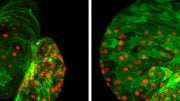
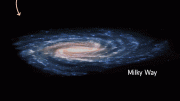

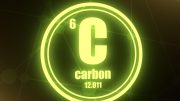
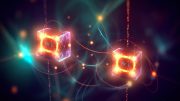
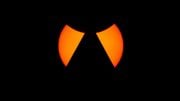
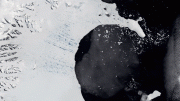
Be the first to comment on "How a Twist in Physics Could Change Technology Forever"